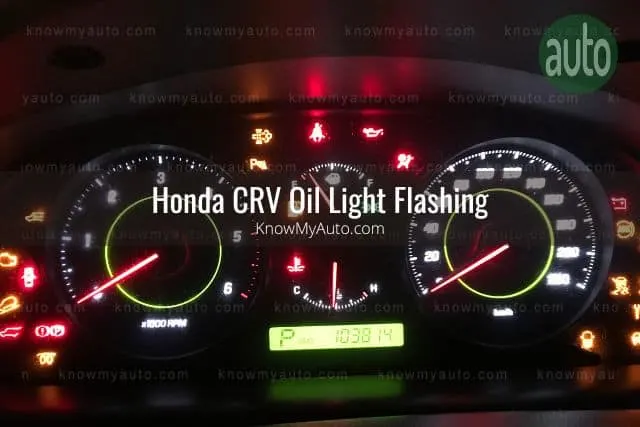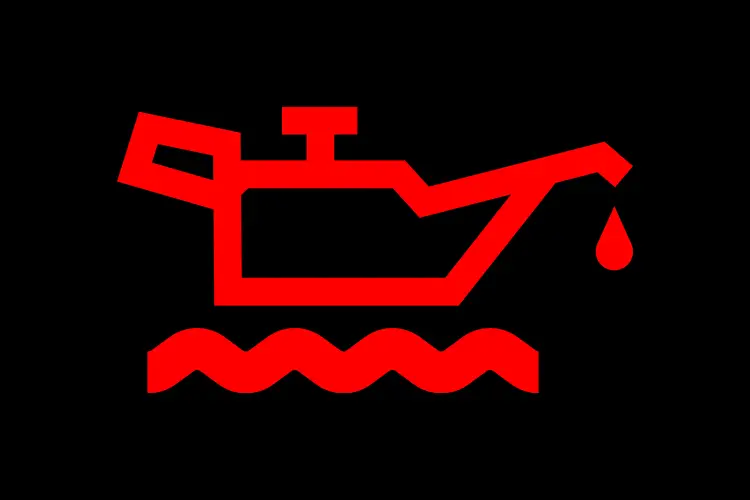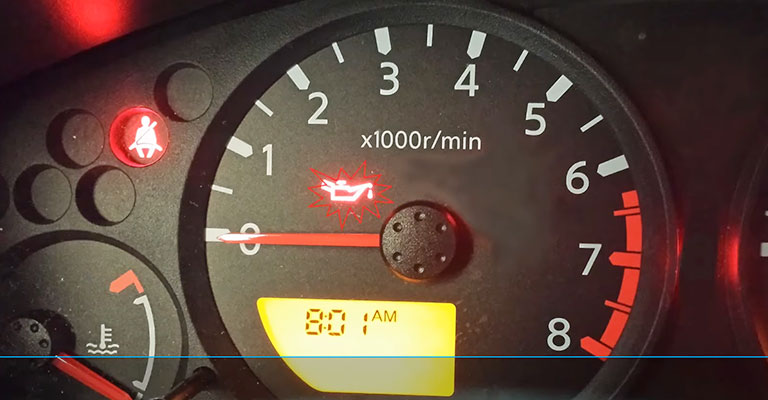Oil Light Blinks On And Off
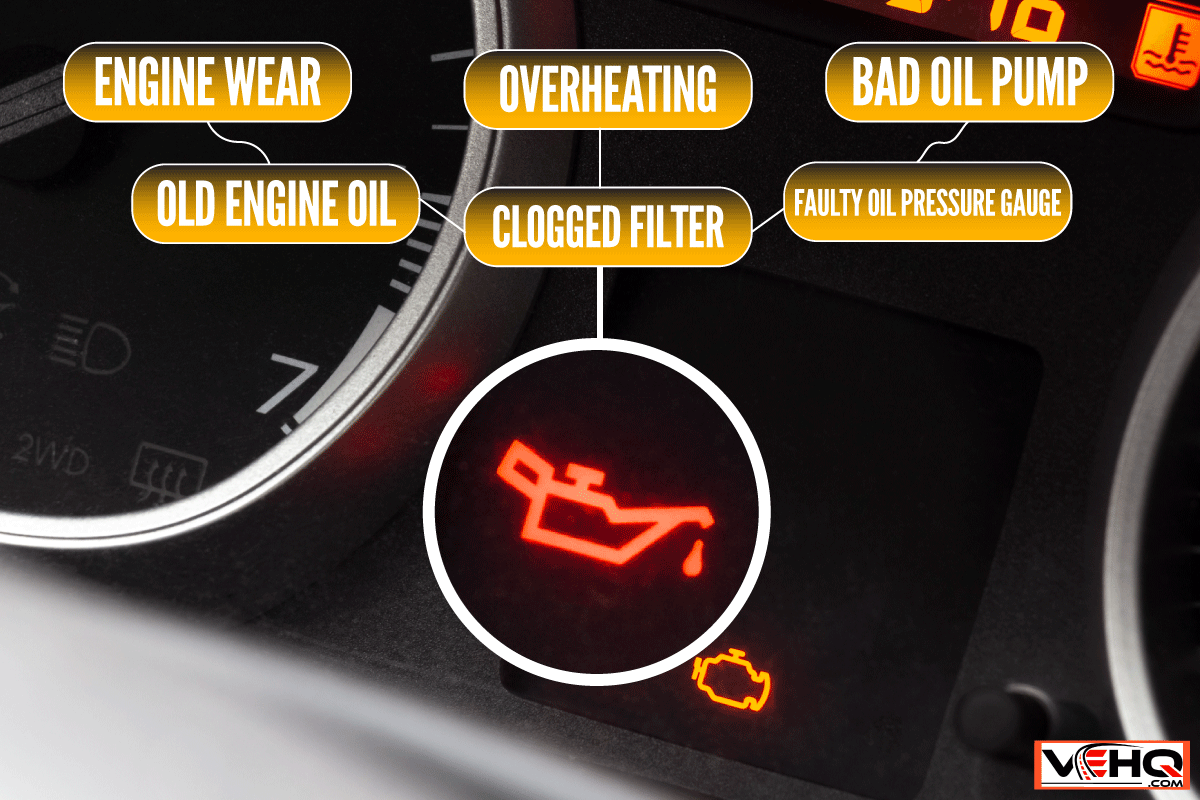
The late afternoon sun cast long shadows across Sarah's driveway as she wrestled with a stubborn bag of groceries. Her trusty old Honda Civic, a faithful companion through countless road trips and grocery runs, sat patiently awaiting its next adventure. But today, a tiny, persistent gremlin had decided to make its presence known: the oil light, blinking with an infuriating, intermittent rhythm.
This seemingly minor dashboard notification can send shivers down the spine of any car owner. Understanding the reasons behind a blinking oil light, knowing when to address it yourself and when to seek professional help, and staying informed about preventative maintenance can save drivers time, money, and a whole lot of stress.
The Ominous Glow: Deciphering the Oil Light
The oil light on your dashboard isn't just a pretty decoration. It’s a vital communication tool from your car, designed to alert you to potential problems with your engine's lubrication system. However, the message isn't always crystal clear.
There are primarily two types of oil-related warnings: the oil pressure light (often shaped like an oil can) and the oil level light (sometimes simply displaying the word “OIL”). The oil pressure light indicates a problem with the engine's oil pressure, meaning the oil isn't circulating properly to lubricate vital engine components.
The oil level light, on the other hand, signals that your engine oil level is low. Ignoring either of these warnings can lead to serious engine damage, potentially requiring costly repairs or even engine replacement.
A Blink Can Mean a Thousand Worries
Why is Sarah's oil light blinking on and off? It's a question that plagues many drivers. Intermittent warnings can be particularly frustrating, as they don't provide a constant, clear indication of a problem.
Several factors can cause a blinking oil light. A common culprit is a faulty oil pressure sensor, which can send erroneous signals to the dashboard. Low oil level, even if it's not critically low, can also trigger an intermittent warning, especially on inclines or during sharp turns.
Another potential cause is a wiring issue. A loose or damaged wire connecting the oil pressure sensor to the car's computer can create sporadic signals, leading to the blinking light. In some cases, a clogged oil filter can also contribute to the problem by restricting oil flow and causing pressure fluctuations.
A Moment in Automotive History
The oil warning light's evolution mirrors the advancements in automotive technology. Early automobiles relied solely on mechanical gauges to monitor vital engine functions.
These gauges, often mounted directly on the engine, provided a direct reading of oil pressure, temperature, and other critical parameters. However, they required the driver to constantly monitor them, which could be distracting and impractical.
As cars became more sophisticated, manufacturers began incorporating warning lights into the dashboard. These lights offered a simpler, more immediate way to alert drivers to potential problems. The oil pressure light quickly became a standard feature, providing a crucial early warning system for engine lubrication issues.
Addressing the Issue: DIY or Call a Pro?
So, what should Sarah (or any driver facing a blinking oil light) do? The first step is to check the oil level. Park the car on a level surface, wait a few minutes for the oil to settle, and then use the dipstick to check the oil level.
If the oil level is low, add the recommended type of oil until it reaches the "full" mark on the dipstick. Restart the engine and see if the light goes off. If the oil level is fine, the problem may be more complex, requiring professional diagnosis.
Attempting to diagnose and repair the problem yourself can be tempting, especially if you have some mechanical experience. However, dealing with engine lubrication issues can be tricky, and improper repairs can lead to further damage.
If you're not comfortable working on your car's engine, or if the oil light persists after checking the oil level, it's best to take your car to a qualified mechanic. They have the tools and expertise to diagnose the problem accurately and recommend the appropriate repairs.
Preventive Measures: Keeping the Oil Light at Bay
The best way to deal with a blinking oil light is to prevent it from happening in the first place. Regular maintenance is crucial for keeping your engine running smoothly and preventing oil-related problems.
Follow the manufacturer's recommended oil change intervals, which are typically outlined in your car's owner's manual. Using the correct type of oil, as specified by the manufacturer, is also essential for optimal engine performance and longevity. According to the American Automobile Association (AAA), neglecting oil changes is a primary cause of preventable engine problems.
In addition to regular oil changes, it's important to check your oil level periodically, especially before long trips. Inspect your engine for leaks, and address any leaks promptly to prevent oil loss. Consider having your mechanic inspect the oil pressure sensor during routine maintenance to ensure it's functioning properly.
The Bigger Picture: The Significance of Engine Health
Taking care of your car's engine is not just about avoiding costly repairs; it's also about ensuring your safety and the safety of others on the road. A well-maintained engine is more reliable and less likely to break down unexpectedly, potentially causing accidents or leaving you stranded.
Furthermore, proper engine maintenance can improve fuel efficiency and reduce emissions, contributing to a cleaner environment. By keeping your car in good condition, you're not only saving money but also doing your part to protect the planet.
The Environmental Protection Agency (EPA) emphasizes the importance of regular vehicle maintenance for reducing air pollution and improving overall environmental health.
A Blinking Light, a Lesson Learned
Back in Sarah's driveway, the sun has almost completely disappeared. After checking the oil level and adding a quart of oil, the blinking light finally subsided. It was a simple fix this time, a reminder that even the most reliable machines need a little attention now and then.
The experience served as a gentle nudge to schedule a proper checkup for her trusty Civic. It's a moment that highlights the importance of being proactive about car maintenance and appreciating the intricate systems that keep us safely on the road. That small blinking light, a minor inconvenience, became a valuable lesson in responsible car ownership.


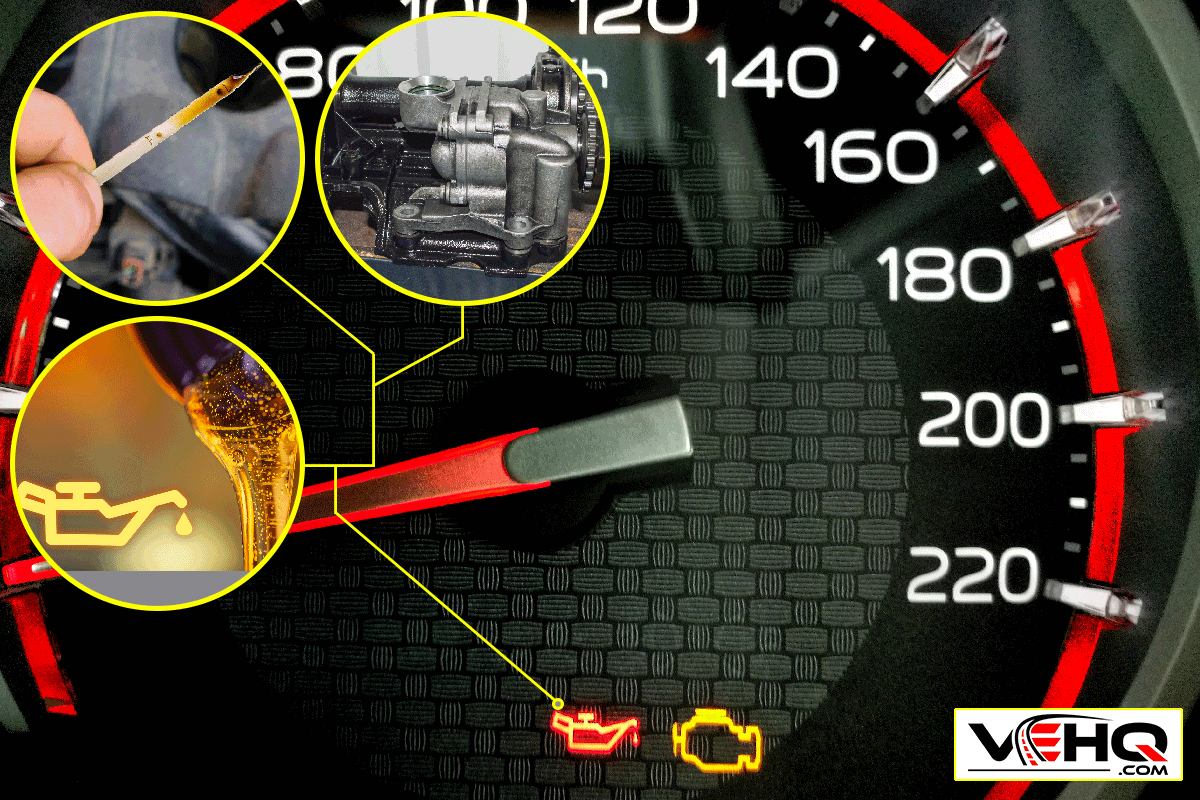

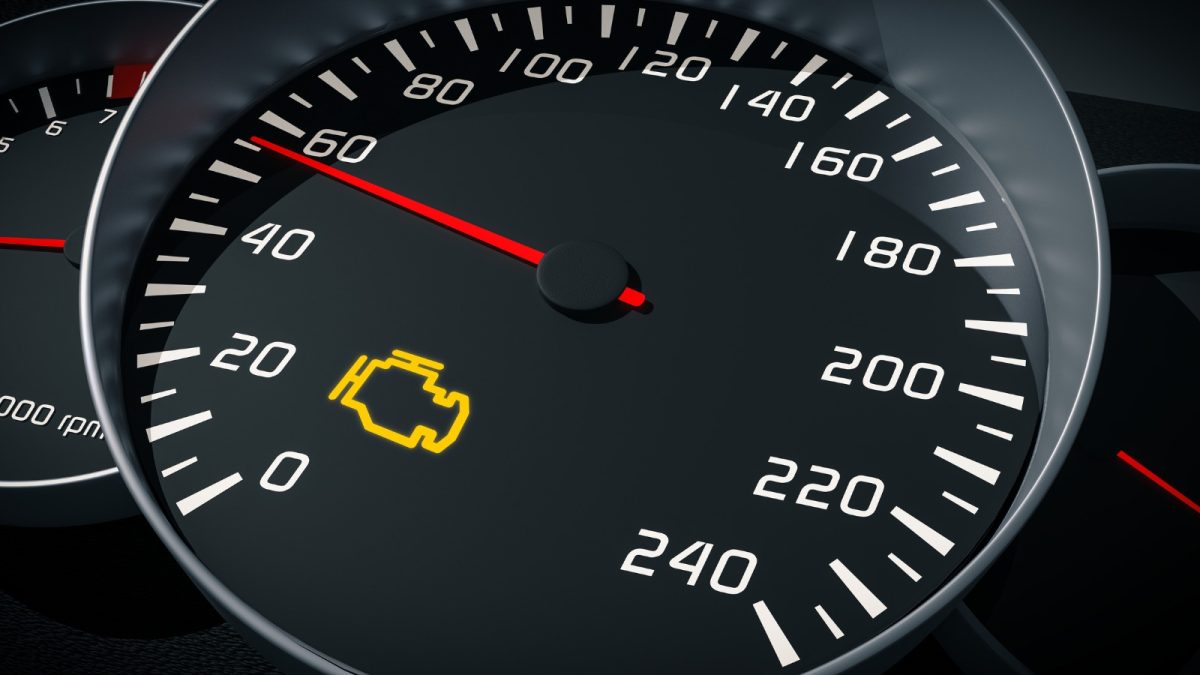
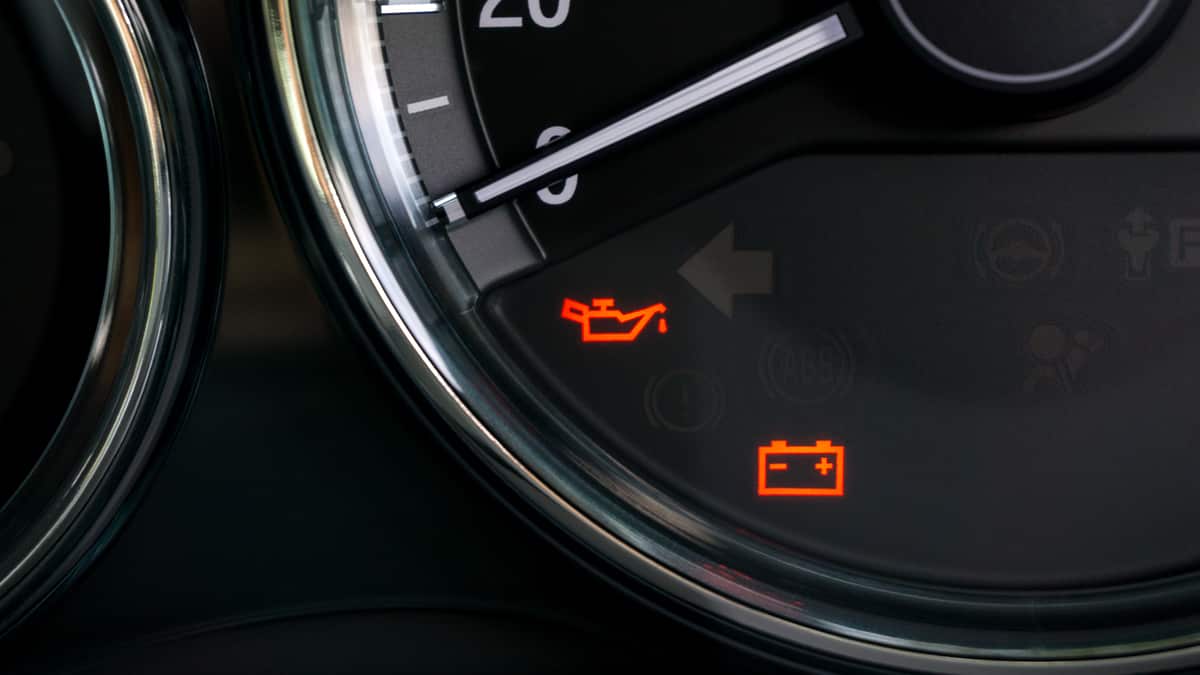


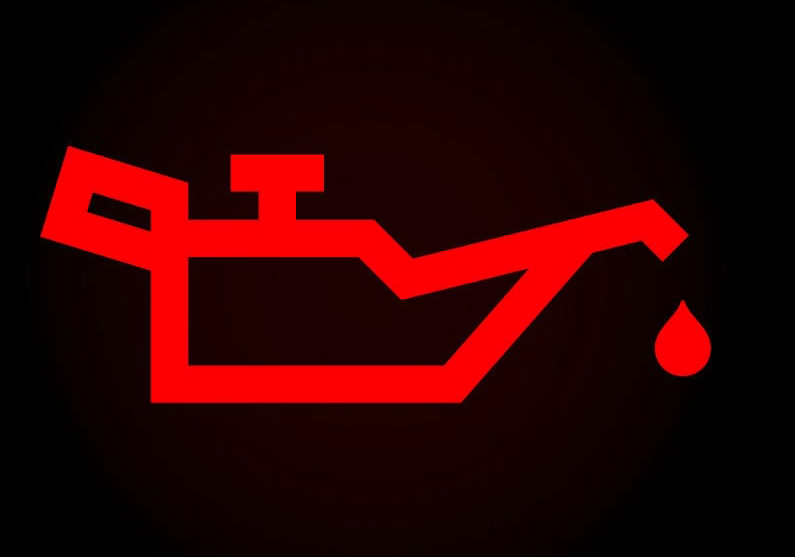
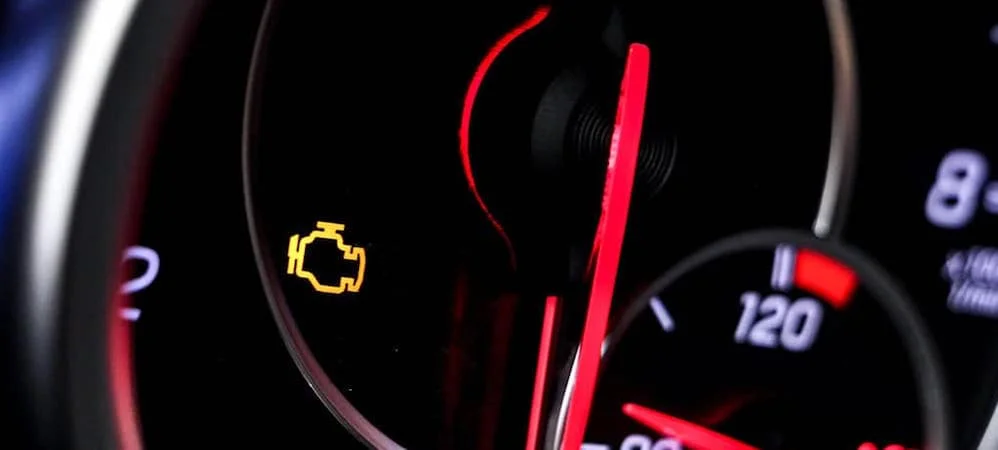
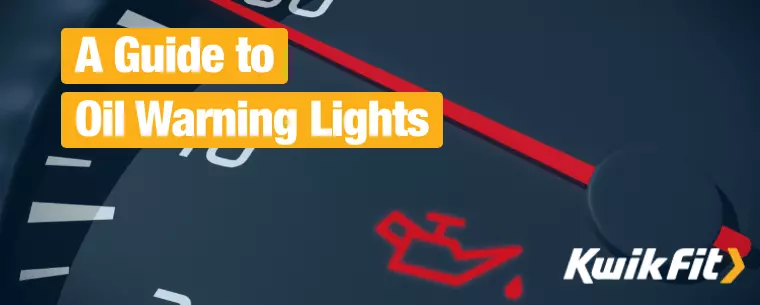
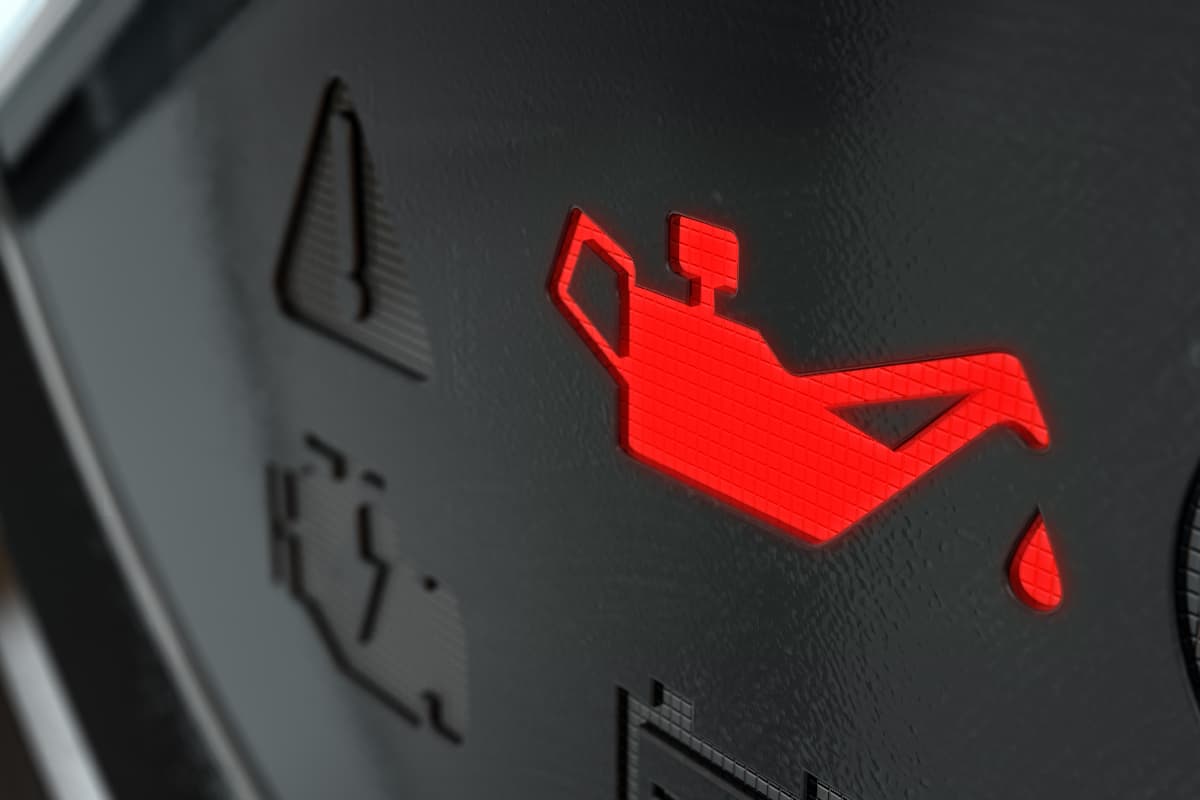

![Oil Light Blinks On And Off Oil Light Flashing [Causes and How to Fix] • Road Sumo](https://roadsumo.com/wp-content/uploads/2022/04/oil-light-flashing-when-braking-768x512.jpg)
